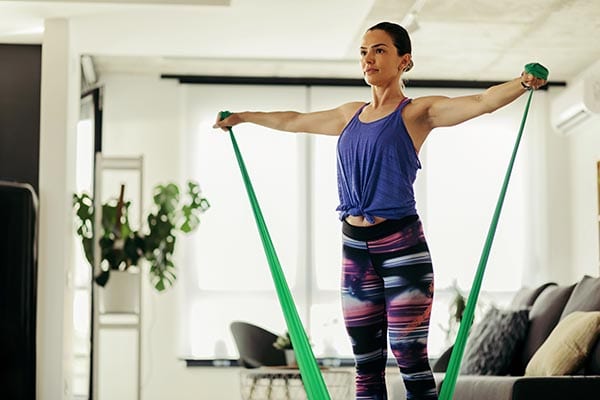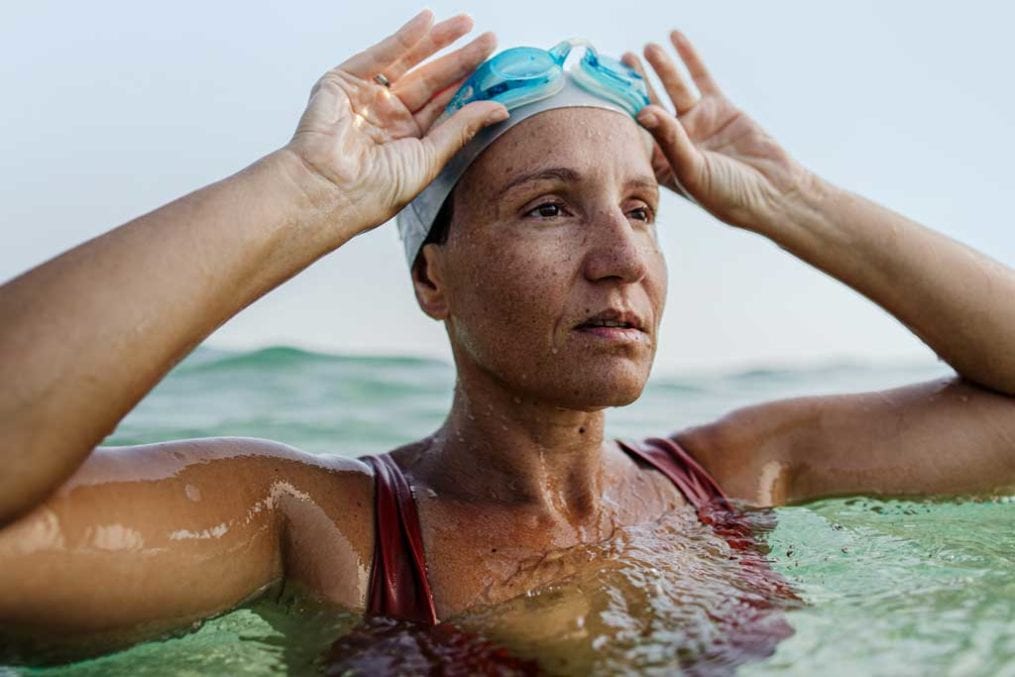Become a better runner in 10 steps
‘Running keeps you fit, toned and healthy, brings you a longer life expectancy and a whole new circle of friends,’ says women’s marathon world record holder Paula Radcliffe in her book How To Run (Simon & Schuster, £14.99). Quite a promise, but the five million-plus recreational runners in the UK would agree. Sure, we run to keep physically fit and gain some handy health benefits, including weight loss
. But for many, the real benefits lie in its mood-boosting effects. ‘It helps make you a more confident and positive person,’ adds Radcliffe. Did we mention that it’s free?
1. Check yourself
Start smart and seek a professional. ‘Check with your doctor if you’re starting a new fitness regime, especially if you have an existing health condition,’ advises GP Dr Gemma Newman. ‘Building up slowly and wearing a heart-rate monitor are good ways to gain fitness while staying safe.’
2. Don’t do doubt
‘The biggest challenge for novice runners is getting over the mental barriers,’ says running coach Karen Weir (www.runwithkaren.com). ‘Stop telling yourself you can’t do it, or feeling self-conscious. And you can rest assured it’s not going to knacker your knees, either. A recent study found low-to-moderate volume runners have no more risk of developing osteoarthritis (OA) in the hip or knee than non-runners. ‘If you experience any joint discomfort when running, consult a specialist,’ advises physiotherapist Liz Ebelthite (www.marplephysio.com).
3. Start small and keep consistent
‘Run for one minute then walk for one minute and repeat. Each time you go out, increase the number of these one-by-one repeats. Then, when you can be out on your feet for 30 minutes, start reducing the ratio, so you run more and walk less,’ advises Weir. There are lots of good beginners’ walk/run training plans available for free online. Check out www.nhs.uk/livewell/c25k. ‘Run at least three times a week to see improvements: 30-minute sessions are doable for most people,’ adds Weir.
4. Mix up your route
As for where to run, you could stick to roads and pavements or head to the park. Do laps of an athletics track or run along the beach. Maybe head cross-country for some trail running – the choice is yours. ‘To keep your body and mind stimulated, mix it up,’ says Weir. ‘And don’t think running on a treadmill is a cop out. It may not be as life-affirming as the great outdoors, but it can be a good way to work on your pace, do timed intervals or stay safe when it’s too hot, icy or dark outside.’
5. Run right
‘A good mantra is simply “Run tall”,’ says Weir. ‘Lean slightly forward as you run, but without sticking your bottom out or slouching. Keep lifted through your pelvic floor, core and chest, relax your shoulders and look ahead. Don’t over-stride; you should aim to land with your foot under your hips, not in front of you. Make sure you use your arms – they’re what will help you pick up pace and get up hills. Keep a 90º bend at the elbow and drive them backwards and forwards, making sure they stay parallel to each other.’ Posture is key to becoming a better runner.
6. Be kind to your body
Running ‘right’ also means looking after your body. ‘Start every session with a gentle warm up, such as a five-minute slow jog,’ says Weir. ‘And always end by cooling down and stretching the muscles worked – your calves, hamstrings, quads, glutes – for 30 seconds each.’ Finally, ‘Never run on an injury, always get pain checked out by a physiotherapist,’ says Ebelthite. ‘And if you’re seriously training, regular sports massage is a good investment.’
7. Stay safe
At night, wear white or high-vis clothing, and add reflective patches or tape to your clothes or flashing lights – available from running shops. There’s safety in numbers so run with friends when you can. When running alone or in a small group, carry a phone. ‘Avoid isolated areas where you don’t feel safe, even in daylight. Run facing oncoming traffic so that cars can’t pull up behind you,’ says Weir. Finally, make sure your running kit includes some ID so your next of kin can be contacted in an emergency.
Feeling too tired to run? Learn what to eat to fight fatigue here
8. Fuel your run
Allow at least an hour between eating and exercising. Fuel your run with a small, carb-based meal or snack, such as porridge, a banana or some toast with nut butter. After more intense sessions, have some protein soon afterwards to help muscle repair – like a shake containing whey protein. And don’t forget to stay hydrated. On short runs, sips of water should suffice. If it’s hot or you’re running for more than 45 minutes, try an isotonic drink or natural alternative such as coconut water. For longer runs, take on extra carbs (such as sports drinks) to replenish glycogen stores.
9. Be smart with supplements
‘If you run a lot, supplement with vitamin C as intense exercise is known to compromise immunity,’ says Dr Justin Roberts
, lecturer in performance nutrition at the University of Hertfordshire. ‘A Cochrane review of 29 trials found it reduced the risk of colds in sports people. A daily multivitamin supplement is good health insurance for runners, who may have additional nutrient needs.’ Probiotics may reduce infection risk in endurance athletes, while omega-3 essential fatty acids, glucosamine and chondroitin may help support joints.
10. Go shopping!
If you buy nothing else, at least invest in some decent trainers. You don’t need to spend a fortune, but do go to a specialist shop like Asics, where staff are trained to assess your running style, and replace shoes every 500 miles. Another must-have for female runners of all bust sizes is a well-fitted, high-impact sports bra. Replace every time you replace your trainers. So, now you’re ready, get set and go.












